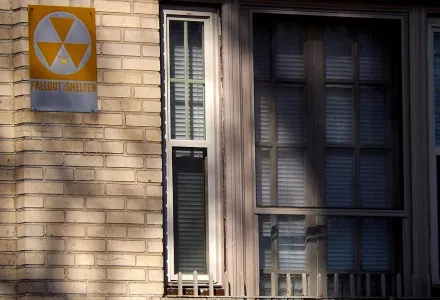Insurance or Strategy: When Does Population Protection Constitute Deterrence?
Speaker: Matthew Hartwell, Research Fellow, International Security Program/Project on Managing the Atom
When and why is population protection considered an element of U.S. nuclear deterrence? While civil defense played a negligible role in nuclear strategy throughout the early part of the Cold War, beginning in the late 1950s, the limits to the program materialized twice as a potential gap in the U.S.-Soviet nuclear balance. Examining the public and congressional reaction to the programs, this seminar will demonstrate how domestic political barriers undermined the Kennedy and Reagan administrations' attempts to alter the role of population protection in U.S. nuclear strategy.
Everyone is welcome to join us online via Zoom! Please register in advance for this seminar:
https://harvard.zoom.us/meeting/register/tJ0ld-qrrzkpHtGKfE1mVLLIZ2s8dLCBcSp1


